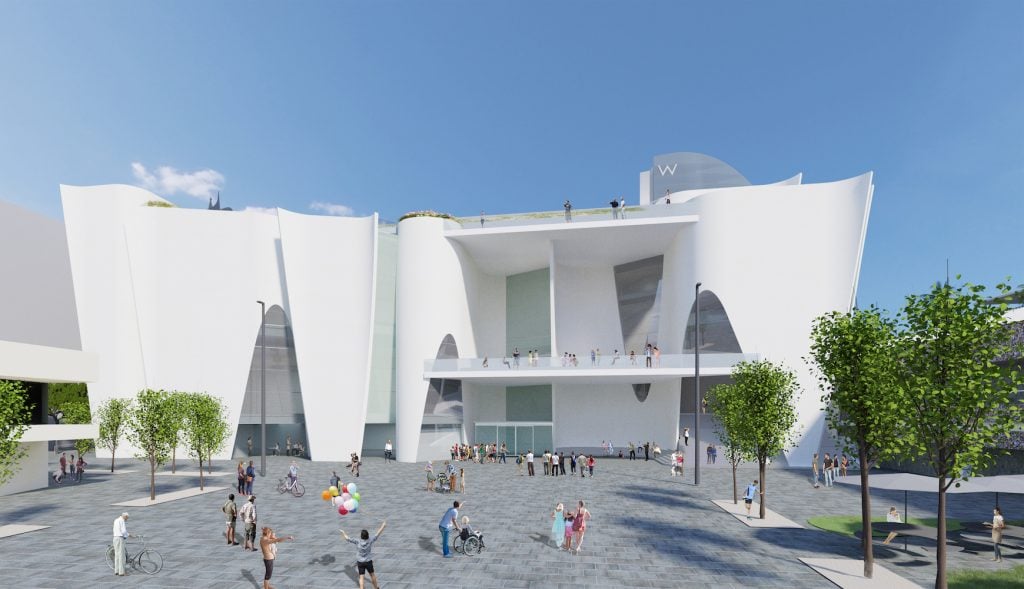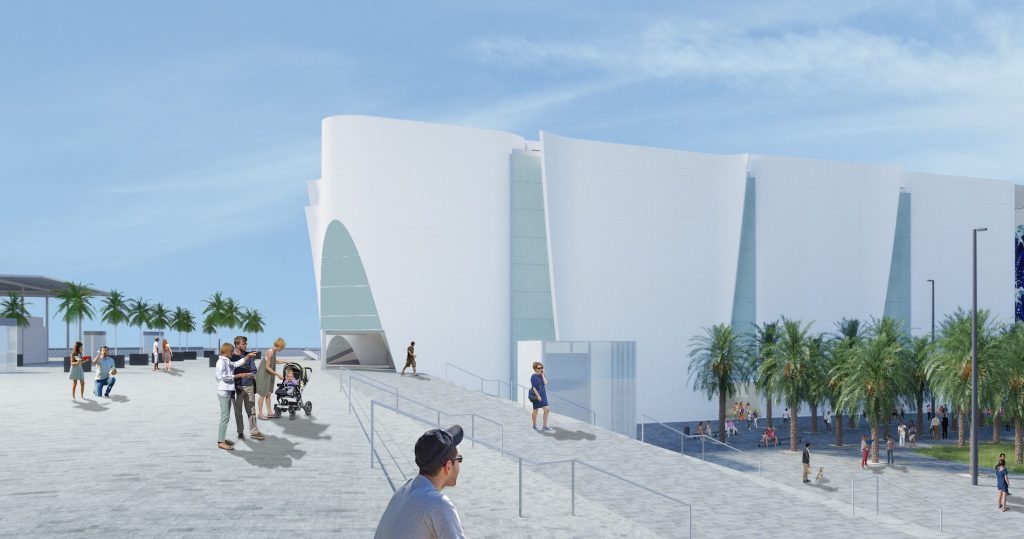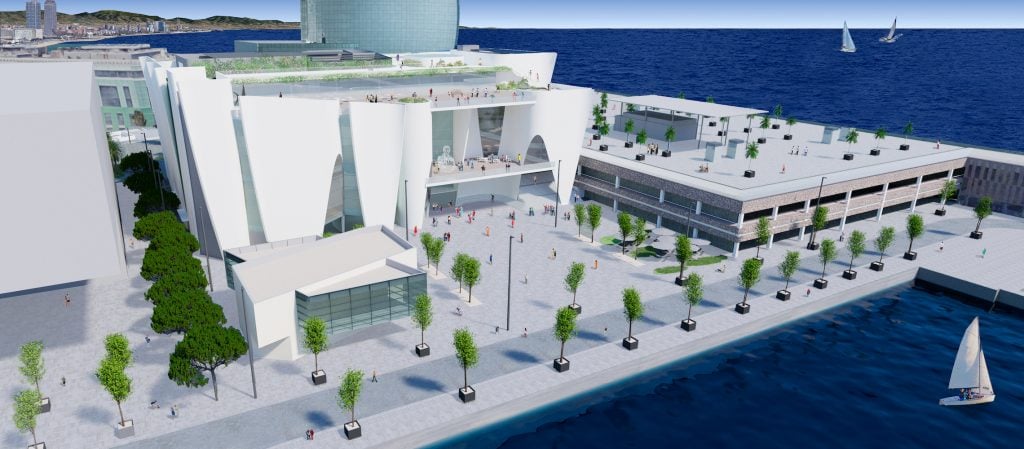Museums & Institutions
Russia’s Hermitage Museum Moves Closer to Opening a Barcelona Branch, But Squabbling City Authorities Could Still Sink It
Japanese architect Toyo Ito is designing the new museum.

Japanese architect Toyo Ito is designing the new museum.

Taylor Dafoe

Russia’s Hermitage Museum is one step closer to finalizing its long planned expansion to Spain—but significant obstacles still lay ahead.
Today, the port of Barcelona’s board of directors approved the building of a new Hermitage branch on the coast of the Catalonian city.
Like Hermitage Amsterdam and Hermitage Kazan, Hermitage Barcelona will operate as a kind of satellite institution for the State Hermitage Museum in St. Petersburg. It will draw from the extensive holdings of the Russian museum while developing a collection of its own over time.
In a statement, the State Hermitage Museum’s general director, Mikhail Piotrovsky, called the new museum a “bridge for cultural exchange between St. Petersburg and Barcelona, between Barcelona and the Hermitage.”
“Barcelona and St Petersburg are connected as two port cities, with the advantage of combining the traffic of international visitors with the cultural needs and cultural traditions of the city,” Piotrovsky continued. “The Hermitage Barcelona is intended to play an important new part in the cultural map of Barcelona, for the local people as much as visitors, and most importantly to establish a dialogue between people.”

A rendering of Hermitage Barcelona. Courtesy of Toyo Ito and Associates, Architects.
Toyo Ito, a Japanese architect who won the 2013 Pritzker Prize, has been tapped to design the new institution. His vision takes the form of a multi-story, 140,000-square-foot building with an undulant white facade—like sheets on a clothesline—meant to harmonize with the adjacent sea. The structure will use solar and marine hydrothermal energy to generate renewable air conditioning and cohere to the sustainability requirements of LEED certification. (The standards were a precondition set forth by the Port of Barcelona board.)
“Hermitage Barcelona aims to be a reference point, not only as a cultural facility, but also as a model of respect for the environment,” Ito said in a statement. “It will be here where thoughts and reflections of people from all over the world are exchanged. We want it to be a source of pride for the city of Barcelona.”

A rendering of Hermitage Barcelona. Courtesy of Toyo Ito & Associates, Architects.
Should construction begin as planned, the new museum will open in 2024. However, there have already been several snags. The Hermitage first signed a letter of intent with the Catalan government in 2012, but the project requires both the permission of the port of Barcelona board and the local city council, and the latter has rejected planning applications for the museum on multiple occasions.
Earlier this week, the city council asked for additional time to review the newest museum proposal. The port’s board, however, effectively ignored that request and unilaterally approved the Hermitage plan. Now, according to local news outlets, the Barcelona city council is weighing its legal options, including potentially suing the port board.
“The port has pushed for the right to protect its heritage interests by ignoring the interests of the city,” Barcelona’s deputy mayor for town planning, Janet Sanz, told Betevé. The city council did not immediately respond to a request for comment.
Update, June 1: Barcelona’s city council has rejected the Hermitage’s proposal to build a branch of the museum on the Port of Barcelona, saying the new venue would put too much demand on public transport and add traffic to an already busy neighborhood. The council has invited a new proposal for an alternative location.